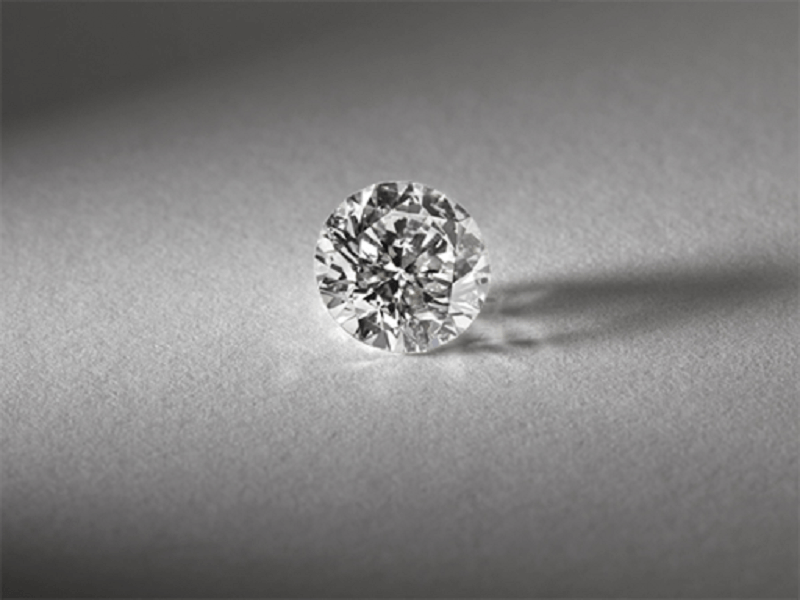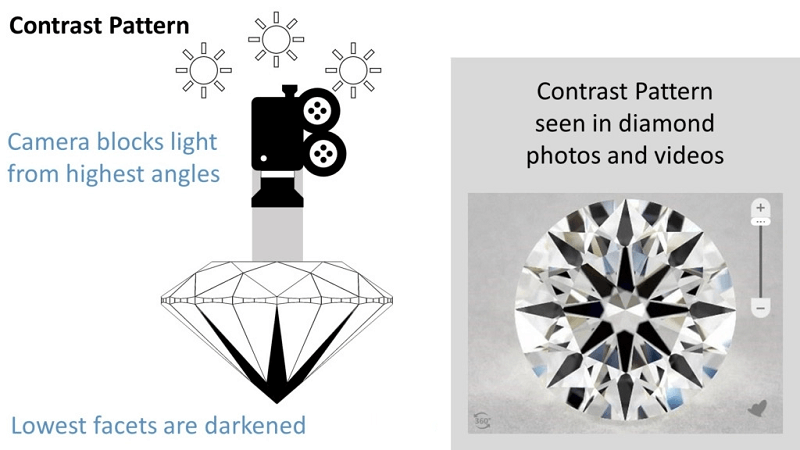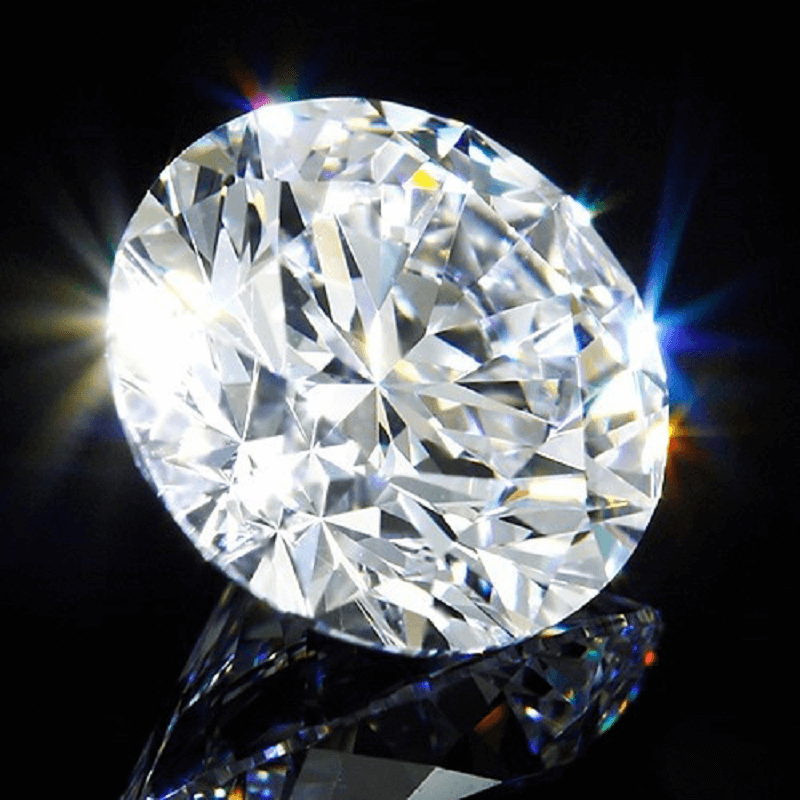
What makes Diamonds Sparkle? All you need to know!
Diamonds are nothing without their sparkle, right? We love diamonds in all its colour, shapes and sizes, but never without the sparkle. You may find it hard to believe, but the fact is that diamonds do not sparkle on their own, they are cut and designed in a way to do so that is why you can come across diamonds that sparkle less or more than the others. Diamonds are precious and pricey, so the next time you go shopping for diamonds, pick the one that sparkles the most- we can show you how.
Why do diamonds sparkle?
When light enters a diamond, it bounces from one facet to another at different angles creating an endless series of light reflections like a hall of mirror effect. A faceted diamond absorbs white light and breaks it apart like a prism, spreading it into a rainbow of hues when viewed closely. Diamonds glitter and dance with colourful light; each of its facets creates its own spectacular exhibition. Diamonds are carved and cut to maximise this sparkle. Precision, skills, and expertise are used all together to make a diamond sparkle to its full glory.
There are different kinds of cuts that are polished to perfection to make the shine. While sparkle is one element, there is also the brilliance and fire of a diamond that determines the quality of the diamond. Yes! These three are not the same and we are sure you want to know how.

Diamond Sparkle - Brilliance and Fire
The Brilliance and Fire of a diamond make a diamond sparkle. These two components decide how well the diamond sparkles.
Diamond Brilliance
A diamond's brilliance is how well the diamond is shaped and cut to reflect light in a way to make it sparkle. Diamond Brilliance is the white light that a diamond reflects toward the viewer. A diamond with right angles and cuts will absorb and throw back light to make the diamond as beautiful as we see it. A diamond with poor brilliance will look darker and lifeless.
Factors that contribute the brilliance of a diamond :
❖ Facets : A round brilliant cut diamond has 58 facets, 33 on the crown(the top half above the girdle) and 25 on the Pavillion(the bottom half below the girdle). This makes maximum light return through the top of the gem. As the lights enter the diamond, it is divided and falls upon the facets which reflect light from various directions through the top. Hence, the size, number, and arrangement of the facets determine the brilliance of a diamond.

❖ Contrast : As light hits a facet, it gets split into dark and light components. Contrast is the difference between the dark and light patches of the light. The contrast of the two shades enhances the appearance. For example, stark white looks whiter next to black colour. Therefore, when the white sparkle in a diamond is contrasting with the black spots or darker patches, the diamond appears brighter.
Brilliant cut diamonds have dark spots that are evenly and strategically distributed. This can be achieved with symmetry which happens when each facet is cut identically. The contrast helps in creating the twinkling effect of the diamond.

❖ Cut : The reflection of light purely depends on the cut of a diamond. A poorly cut diamond will look dull and blunt. Perfect planning and mapping of the diamond results in a perfect cut. If a cut is too shallow or too deep, it may result in inadequate light being distributed across the interior facets, decreasing the diamond's shine. An ideal cut diamond will show the most brilliance.

❖ Scintillation : The dance of light when you rock or move the diamond while checking it is scintillation. It is created with the contrast of light and shadow within the diamond. It is a white light visible on the diamond's crown. A brilliant-cut diamond should have balanced scintillation in which some facets stay dark while the other flashes light. The trick part is, it should be very well balanced.
These factors determine the brilliance of diamonds. You can find such brilliance in diamonds from Laxmi Diamonds.

Diamond's Fire
Fire is the most magical characteristic of a diamond posse and it is also called dispersion. It is the colourful reflection that a stone produces when exposed to light. The diamond acts like a prism that disperses white light into colours. It happens when the light slows down after entering the diamond and speeds up while exiting the diamond crown. The refractive index of a diamond and its dispersive power play an important role in letting us understand what they are.
Refractive index of a diamond
The Refractive index in general is the measure of the speed of light from one medium to another. Here, we are talking about the speed of light when it travels through the diamond in comparison to when light travels through the air. The diamond refractive index is 2.417. This means that light travels 2.417 times slower through the diamond in comparison to air. Diamonds have the highest refractive index among all kinds of gemstones.
Dispersive power of the diamond
White light is composed of the seven colours of the rainbow and each of these colours has different wavelengths. White light enters the diamond, and after entering it gets dispersed and each of the colours travels back through the diamond at different speeds which creates a rainbow display. The higher the substance's dispersion value, the more colour flashes can be seen. Diamond's dispersion power is 0.044.
In conclusion
A lot goes behind the sparkle we relish in our precious gems. They are dull when discovered but are startling when cut and polished with precision and expertise. The brand of Laxmi Diamonds carries the trust of suppliers and retailers in different parts of the world.
The next time you step out to buy a diamond, remember the rule of thumb to evaluate your diamonds, which is the 4 C's: Cut, Clarity, Colour, and Carat. While every aspect plays a significant role in determining the quality of a diamond, the cut is most important to determine the brilliance and sparkle.








